How does net zero work in practice? Learners organize climate-friendly conference
"Education for net zero - every reduction counts". This was the name of the event organized by the Federal Office for the Environment (FOEN) and the Swiss Federal Office of Energy (SFOE). It was aimed at those involved in vocational and further education. The special feature: The event was co-organized by commercial and mediamatics trainees from the two federal offices. This is because organizing a climate-friendly event is now included as a performance objective in the training plan for commercial apprentices.
Karina Ostrowski and Lara Cina, both doing a commercial apprenticeship at the SFOE, were two of the 16 apprentices who volunteered to organize this conference. "It takes a lot to organize an event and even more if you want to hold such an event in a climate-friendly way," says Karina Ostrowski looking back. And Lara Cina adds: "I didn't realize how many emissions an event like this causes. It opened my eyes."
But how do you go about organizing an event in a climate-friendly way? And how can you even measure it? Karina Ostrowski admits that she hadn't given much thought to such questions before. Part of the project was therefore initially to provide the students with the necessary knowledge on topics such as mobility, heating, electricity consumption and food.
And then it was time for implementation. Divided into four groups, the 16 learners focused on ensuring that as few emissions as possible were caused by the outward and return journeys (mobility), conference facilities, communication about the event and catering. They looked for and reserved a suitable room. Invitations had to be sent out, name badges had to be prepared, the technology in the room had to be secured, the aperitif had to be organized - and all of this had to be as climate-friendly as possible.
And what is the outcome of the event in terms of climate friendliness and ecological footprint? "We had to keep a precise record of the emissions generated," says Karina Ostrowski. They had to enter the data in a tool from the climate protection organization myclimate. This allowed them to see where they had achieved the targets and where they had not. And what does the balance sheet look like?
"It worked," announced Ruben Burn, a mediamatician apprentice at the FOEN, on stage to the conference participants. Four tons of CO2 were saved. Compared to a similarly sized event using conventional methods, this corresponds to a reduction in emissions of almost 60 percent. One of the ways in which the apprentices achieved this was by encouraging conference participants to travel without a car when they registered. The biggest savings in relative terms were achieved with the catering. Instead of white wine or coffee, they served tea and apple juice. They baked vegan beetroot brownies and also offered something warm - a vegetarian sweet potato soup - all made from food that would otherwise have ended up in the bin.
Saving emissions and still making a good impression at the aperitif was a challenge, says Lara Cina. There were also questions at the event, such as why tea is better than coffee. "We were able to apply the knowledge we had acquired in preparation when explaining." However, the feedback was generally very positive. The vegan brownies in particular were very well received. And Karina Ostrowski sums up: "It was a good opportunity to learn how climate protection can be implemented in practice, not just in theory."
The project with the FOEN and SFOE apprentices is a pilot project. It is intended to serve as an example of how environmentally relevant skills can be acquired in a practical way in vocational training. One of the aims of the event was to show how this could be done in practice. Vocational training stakeholders in particular should also benefit from this if they address climate and environmental protection and sustainability in their vocational training courses.

Nadine Gehrig is responsible for environmental education at the FOEN and was in charge of this conference for education stakeholders. What is the outcome from her point of view? Energeiaplus asked her.
Energeiaplus: From your perspective, has it been a good idea to have learners help organize the conference?
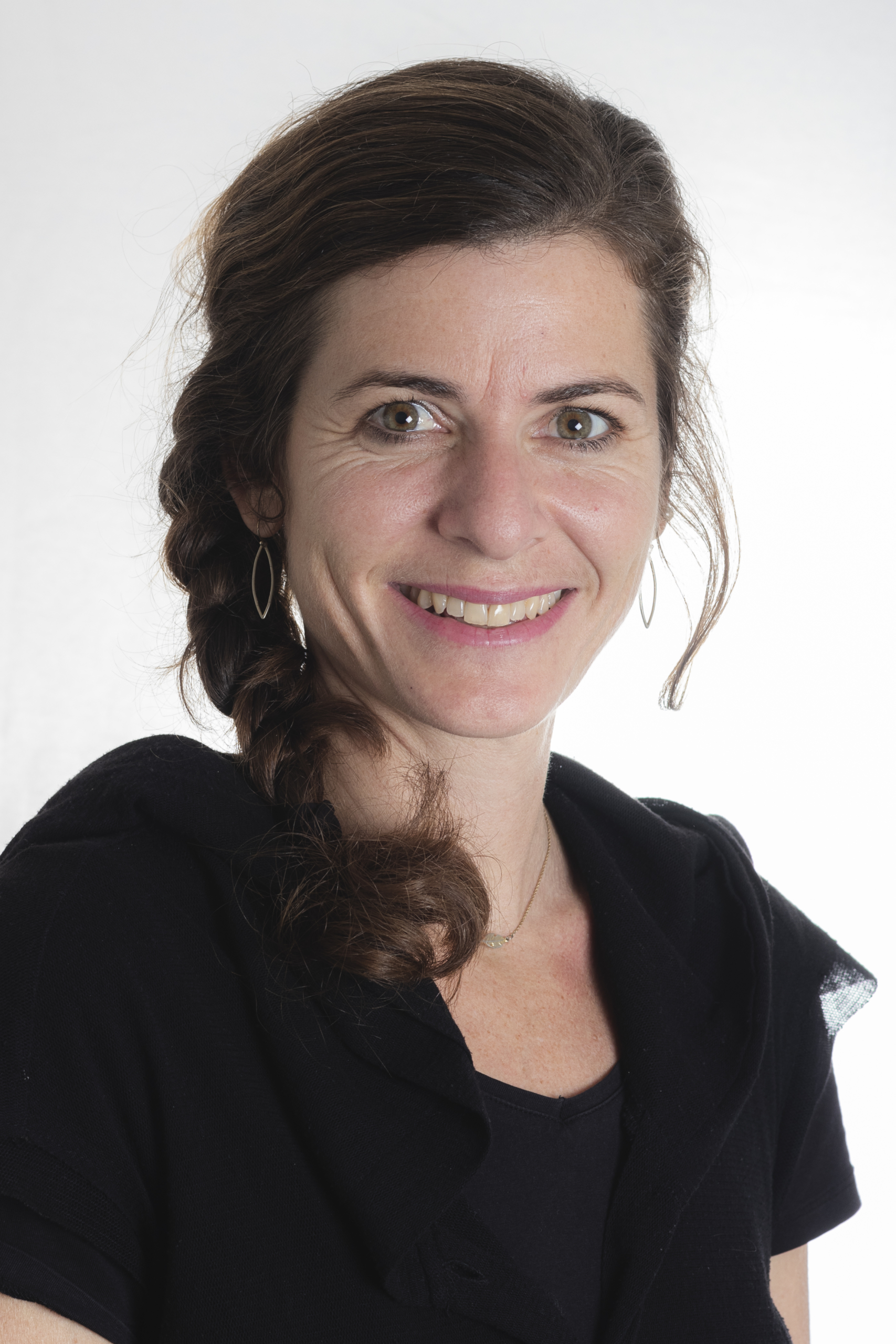
Nadine Gehrig, responsible for environmental education at the FOEN, picture FOEN
Nadine Gehrig: Yes, of course! A real laboratory certainly has the best learning effect for the students. For me, it meant a lot more coordination work. But it was worth it and was also instructive for me! I would definitely do it again. The young people came up with creative ideas that I wouldn't have thought of (e.g. making decorations myself, cooking and baking catering)!
What was the motivation?
We target our offers at educational stakeholders in vocational and further training who are supposed to make their vocational training more sustainable and tell them what skills the learners need. It is therefore obvious to involve this target group - the learners - and to lead by example. The learning objective in the education plan has actually given us the mandate!
How sustainable are such projects? Or, to put it another way: do the young people actually remember anything? What are your experiences?
One student told me that from now on she couldn't approach the organization of an event any other way. I am convinced that the learning effect is much greater through concrete application than if it remains theoretical. A real lab is highly recommended.
Climate protection-related skills are anchored in the CT education plan. However, implementation in practice often fails due to a lack of implementation options, a lack of tools or a lack of will. What do you expect from this pilot project?
With the input presentations, the real-life lab and the 19 market stalls with concrete educational projects on net zero, we wanted to show them that they are not alone, encourage them to network and show them possible ways forward. The aim is to encourage people to tackle these issues, show them how this could work and provide them with tools, good practice and advice. You can be creative, create practical learning opportunities and break new ground.
Text and images: Brigitte Mader, Communications, Swiss Federal Office of Energy
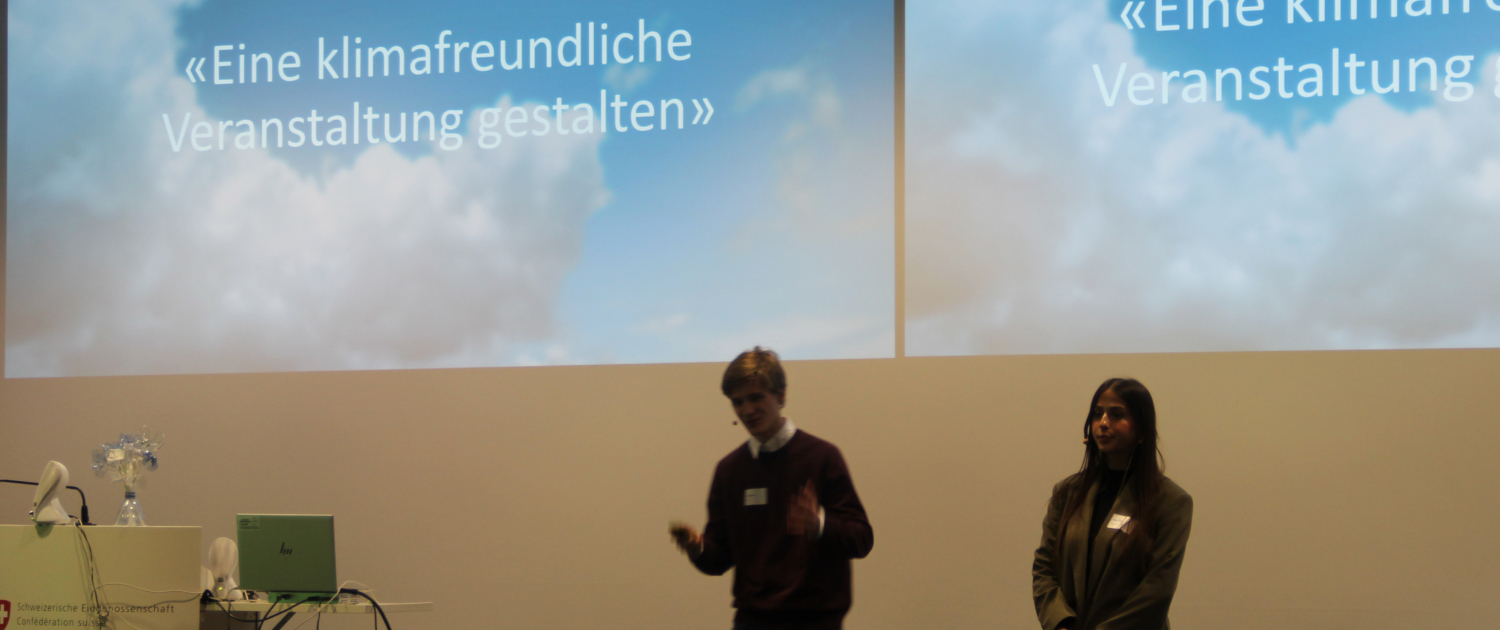 BFE - Brigitte Mader
BFE - Brigitte Mader
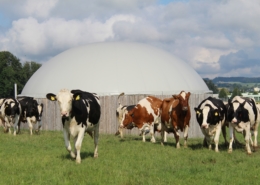 Ökostrom SchweizDer Mehrwert der Bioenergie
Ökostrom SchweizDer Mehrwert der Bioenergie 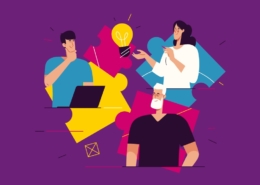 BFEInnovatives Format für eine innovative Ausschreibung
BFEInnovatives Format für eine innovative Ausschreibung 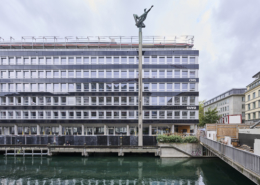 Zeljko Gataric / SPPA ArchitektenPV wird unsichtbar - Wenn die Fassade Strom produziert
Zeljko Gataric / SPPA ArchitektenPV wird unsichtbar - Wenn die Fassade Strom produziert 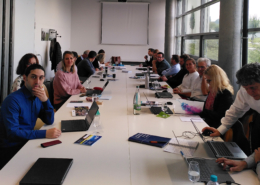 GeoriskAtténuer les risques géologiques pour la géothermie?
GeoriskAtténuer les risques géologiques pour la géothermie? 
 OFEN
OFEN shutterstock
shutterstock
Neuste Kommentare